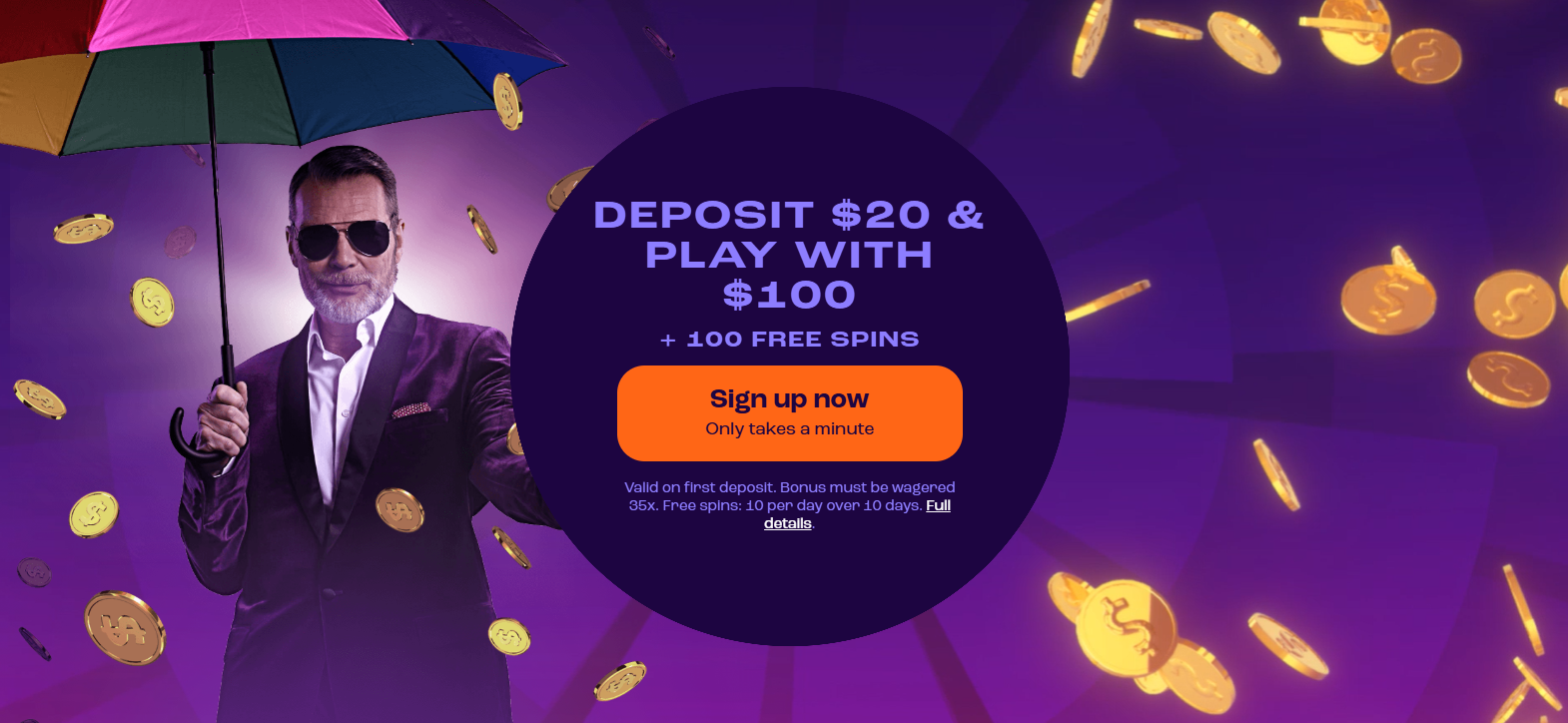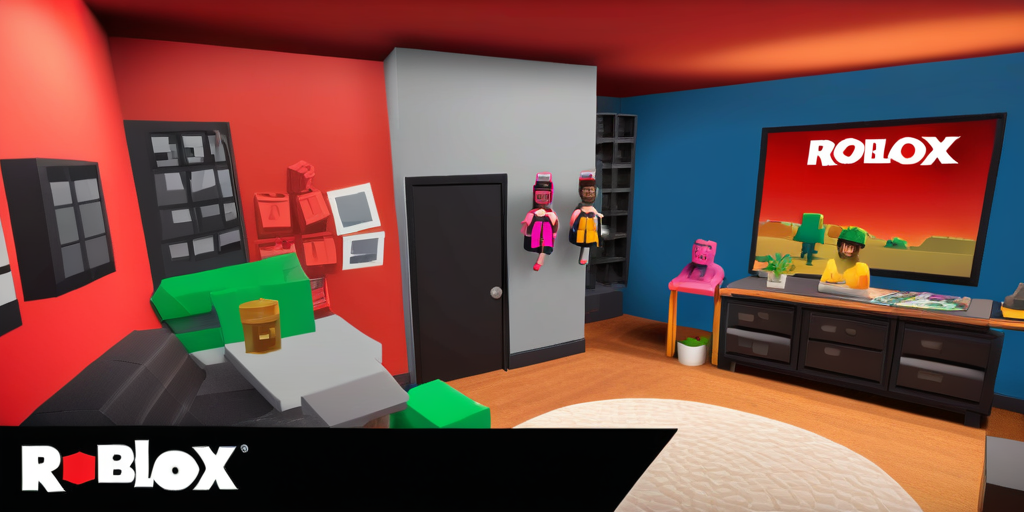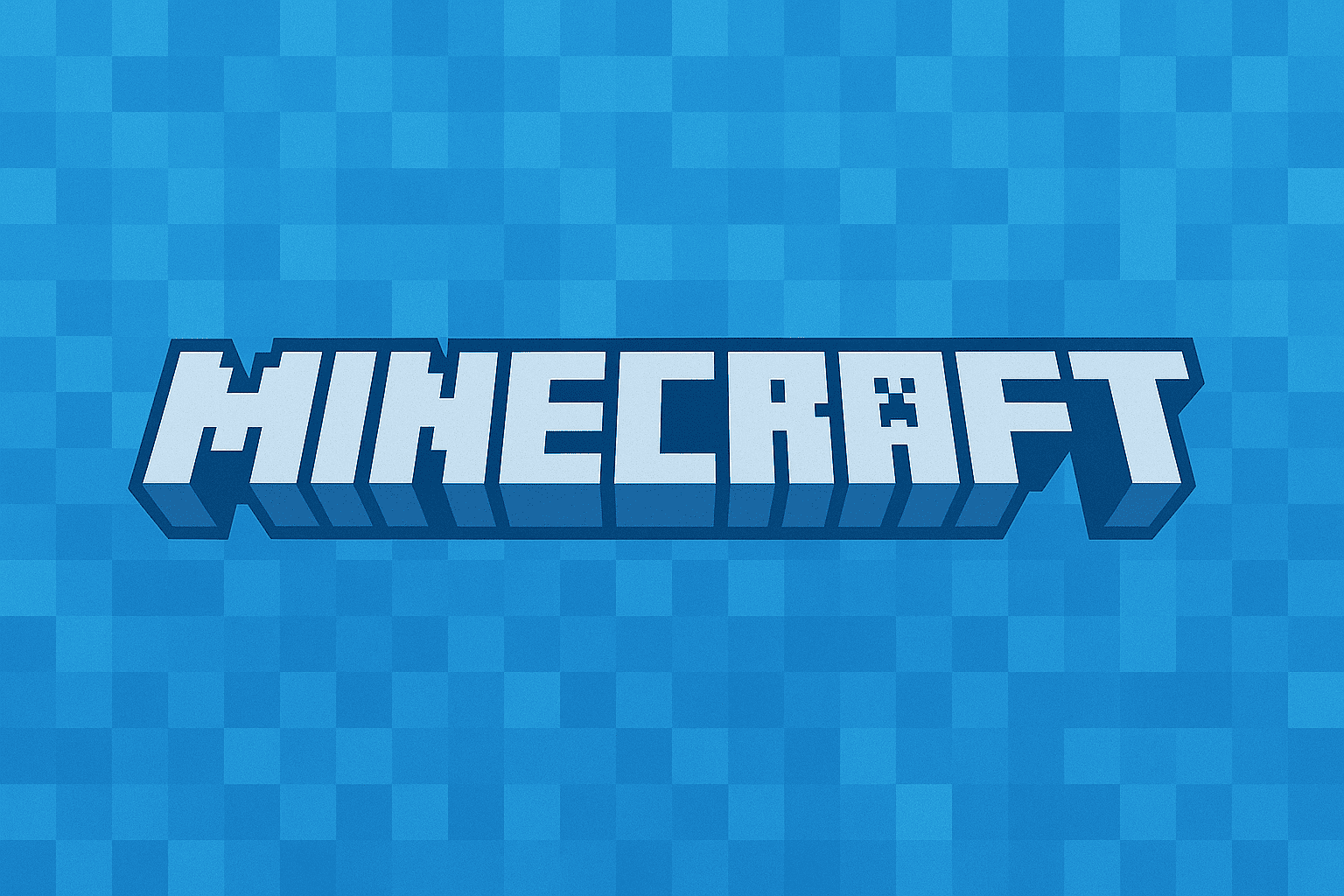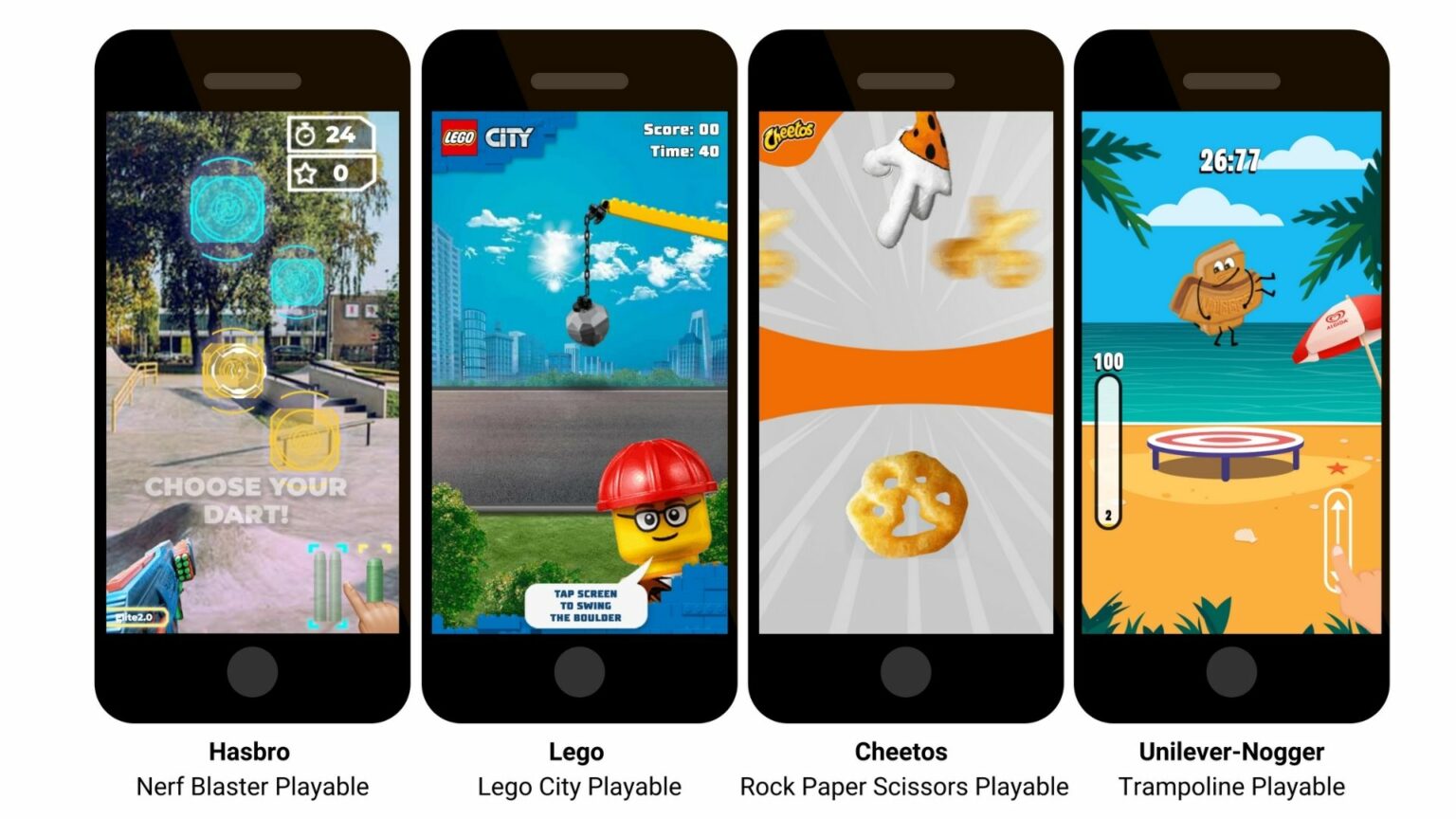Generative artificial intelligence (AI) refers to algorithms and models that can create original content and artifacts such as text, images, audio, and video with little or no human guidance beyond the initial programming. In recent years, advances in machine learning, especially deep neural networks, have led to an explosion of interest and progress in generative AI.
Systems like OpenAI’s GPT-3 for text, and generative adversarial networks (GANs) for images, are now capable of generating extremely realistic and often creative outputs based solely on a short text prompt. The rapid pace of progress has led many to speculate these technologies could transform creative fields like writing, graphic design, music composition, and more.
In this article, we will provide an overview of how generative AI is being applied for creative production across different media types. We will also discuss key benefits these systems can provide, ethical considerations around their use, and speculate on how they may continue to develop.
Text & Writing
Some of the most promising applications of generative AI have emerged in the domain of writing and text generation. Systems like GPT-3 from OpenAI and competitors like Anthropic’s Claude can take a short text prompt and generate long-form articles, stories, poetry, code, and more based on patterns learned from their training datasets.
In creative writing, these models show talent for plot and character development, emotional expressiveness, and variability of output. For example, with just a two sentence prompt like “write a poem from the perspective of a tree through the seasons over 100 years”, they can produce beautiful, evocative poetry.
While not perfect, their outputs continue to become more coherent and creative over time. Using techniques like few-shot learning – showing just a few examples before generation – also improves results. Generative writing models have clear potential assisting human authors with drafting, editing, and creative ideation.
Visual Media
In the visual domain, generative adversarial networks (GANs) represent the state-of-the-art in generative AI. GANs work by pitting two neural networks against each other – one generates fake images or videos, while the other tries to detect fakes – enabling extremely realistic outputs after extensive training.
Companies like Runway ML and Lexica are leveraging GANs for creative applications. Designers can utilize these tools to instantly generate realistic product images, graphic designs, logos, fonts, fashion concepts, and more from a text description. Beyond assisting professionals, these models lower barriers for newcomers to engage in graphic design.
The startup Anthropic recently open sourced an AI assistant called Claude capable of generating images from text and answering questions. While currently limited to facing portraits, Anthropic plans to rapidly iterate on Claude’s capabilities thanks to transparent design practices. Generative image models hold promise to augment and enhance visual creative works.
Audio & Music
In the audio domain, several generative AI models have recently emerged for creative tasks like music composition. For example, Jukebox from OpenAI can generate novel music, including genres like jazz and classical, after training on a dataset of 1.2 million songs. While it cannot yet match the complexity of human-composed pieces, Jukebox convincingly mimics styles and moods.
Companies like Amper and Aiva also provide generative music tools for creators. These models can dynamically generate soundtracks based on parameters like length, style, instruments, and emotional tone set by the user. Generative music AI could vastly increase productivity for scoring videos, advertisements, and other projects requiring large volumes of audio content.
Challenges remain in truly mimicking the fluidity and emotional resonance of human-composed music and lyrics. But rapid gains in domains like text suggest AI-generated tunes, beats, and singing could soon sound eerily realistic to untrained ears. Paired with human post-processing, these tools offer creative augmentation today and perhaps automation tomorrow.
Generative Design
Beyond specific creative domains, researchers have explored using AI as a generative design tool to concept entirely new products, architectural structures, and other physical artifacts. Doing so effectively requires generative models capable of translating desired design goals and parameters into realistic 3D-rendered images or models.
For example, a model called DreamCoder was used to autonomously design bridges by specifying constraints like span length, traffic parameters, and construction materials. The AI generated bridge sketches assessed to be structurally sound by human engineers. Researchers believe this demonstrates feasibility for AI to enhance design work by rapidly providing creative concept options for human consideration.
The startup Anthropic has also open sourced an AI assistant called Claude capable of generating novel product and architectural designs through natural language interaction. User specify a prompt like “generate sculpture concepts for Times Square evoking themes of nature and technology”, and Claude returns a panel of images. This demonstrates how everyday people could soon leverage AI to turn conceptual ideas into renderings.
Generative design represents an emerging frontier where structured input parameters and goals allow generative models to produce extremely novel, creative outputs unattainable through human cognition alone. These tools offer to enhance and extend human creativity rather than replace it.
Key Benefits for Creativity
Generative AI promises several key advantages complementing and enhancing human creativity rather than replacing it outright:
- Productivity: By automating rote tasks and providing initial draft creations, generative AI allows humans to focus creativity on the most critical and rewarding aspects of projects. The sheer output volume also massively increases the variety of ideas and content to draw upon.
- Inspiration: In domains like writing, visual art, and music, generative outputs often spark new creative directions through unexpected connections. Humans remain far superior curators by identifying the most promising outputs.
- Collaboration: AI models can function as creative partners rather than sole authors or artists. Back-and-forth collaboration between humans and AI systems is likely to produce superior results compared to either working in isolation.
- Accessibility: Generative AI also promises to make creative career paths more accessible by lowering barriers. With tools capable of producing realistic artwork, music, and more from just text prompts, fewer years of honing manual craft skills are required. This could spur more inclusive participation.
Responsible Development
However, as with any rapidly advancing technology, there are also risks to accountable development of generative AI systems:
- Bias: Machine learning models often inadvertently perpetuate and amplify societal biases around gender, race, etc unless carefully monitored. Transparency reports from companies detailing model performance across demographic groups are important.
- Misinformation: Highly realistic AI-generated audio, video, and text could also enable new forms of misinformation. Developing forensic tools to detect AI manipulation and setting norms around responsible disclosure will be critical.
- Intellectual property: Appropriately crediting human creativity, and resolving challenges around copyright and plagiarism for AI outputs is complex but necessary as the technology matures.
By developing generative AI openly and responsibly – e.g. auditing for fairness, allowing human guidance, and securing consent for data collection – we can maximize benefits while proactively avoiding pitfalls.
The Future of Creative AI
Generative AI represents a seismic shift for the creative industries. We speculate within 5-10 years professionally creative roles could transition towards more strategy, direction-setting, and curation of AI-generated outputs. Early examples like social media influencers demonstrate this future workplace dynamic.
Longer term, as models continue to advance, we may arrive at human-AI collaborative networks beyond individuals. Creative roles could become more about prompting and guiding ongoing AI systems versus completing one-off projects. We may think of engaging in “creative conversations” with models like we do human collaborators today.
Ultimately by automating lower creativity tasks and enhancing idea generation, generative AI can free more human time and energy for the aspects of creative work humans still do best – imagination, intent, and emotional resonance. Hybrid human–AI creation may soon become the norm across all creative fields.
Conclusion
In conclusion, generative AI represents an extraordinarily promising wave of innovation set to transform creative sectors. Powerful machine learning models now demonstrate skill at producing original, compelling outputs across modalities like text, images, and music.
These tools promise to increase creative productivity, accessibility, and inspiration by collaborating with humans in mixed-initiative systems – greatly expanding versus replacing human creativity. There remain open challenges around bias, misinformation, and intellectual property regarding AI-generated works which the industry must collaboratively address.
But overall, by embracing responsible development, generative AI constitutes an enormous opportunity to democratize creative cultural production and consumption at unprecedented scales. The 2020s appear poised to be remembered as the decade creative AI entered mainstream use and imagination.








